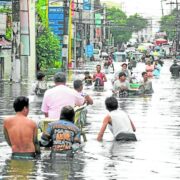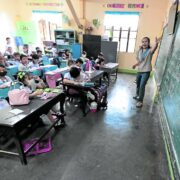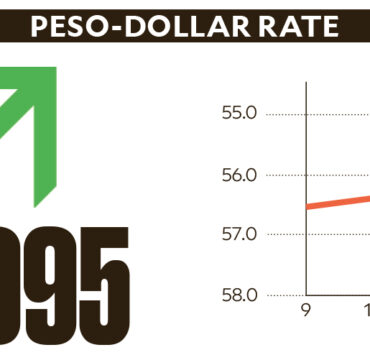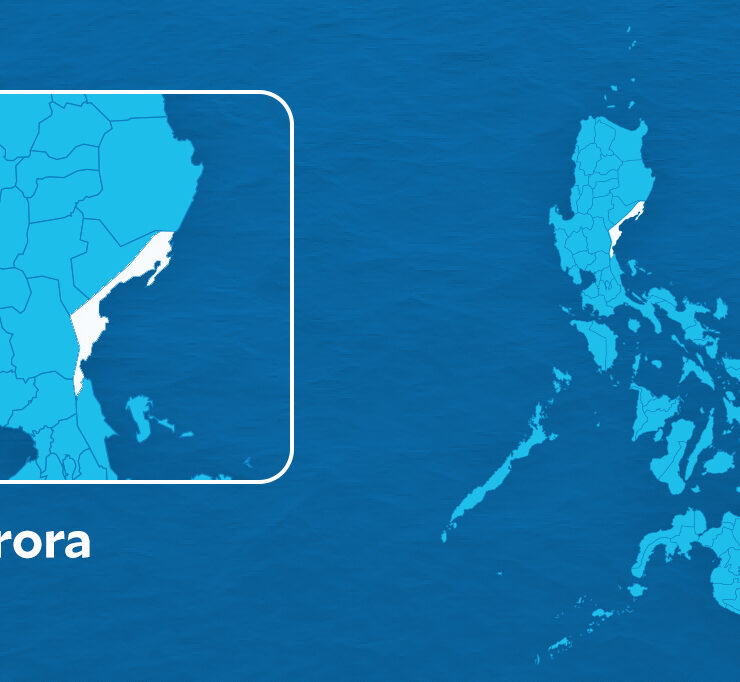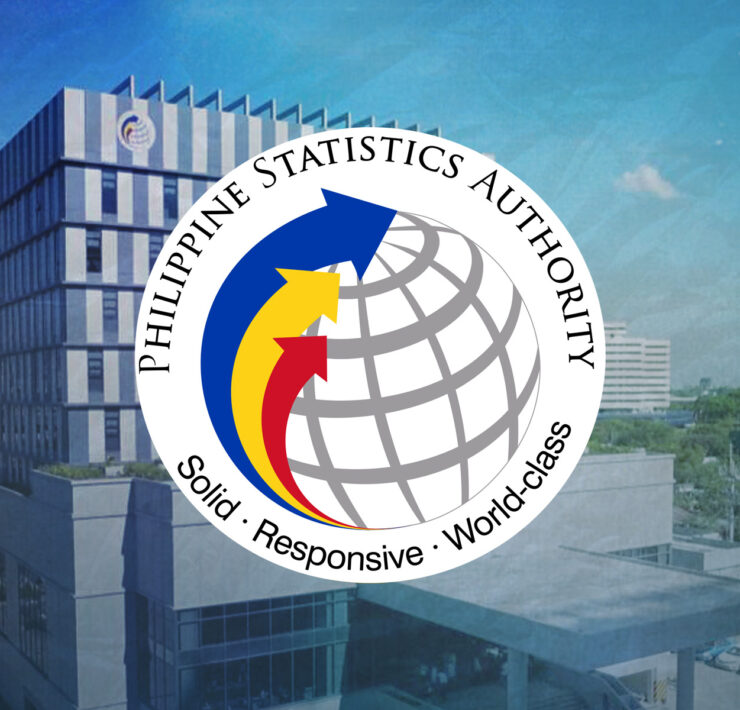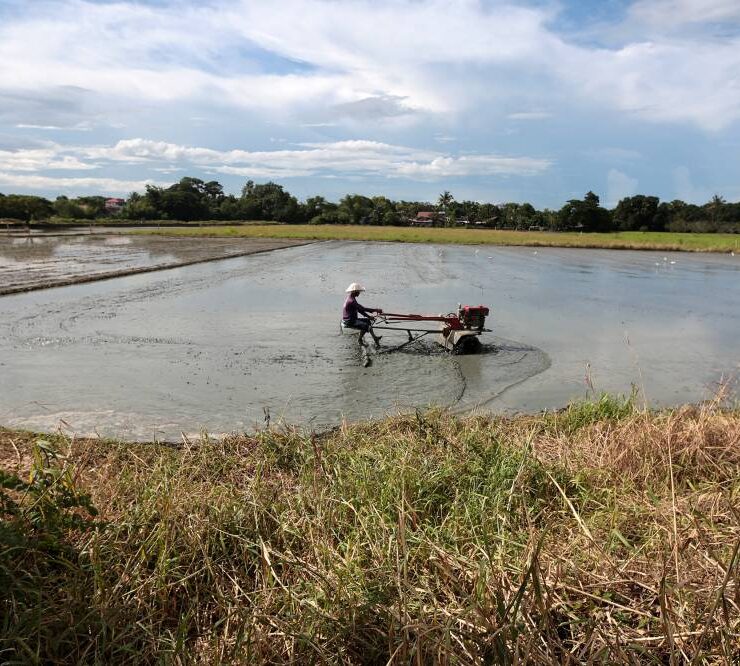‘Fishers are now catching undersized galunggong, other fish species due to overfishing’
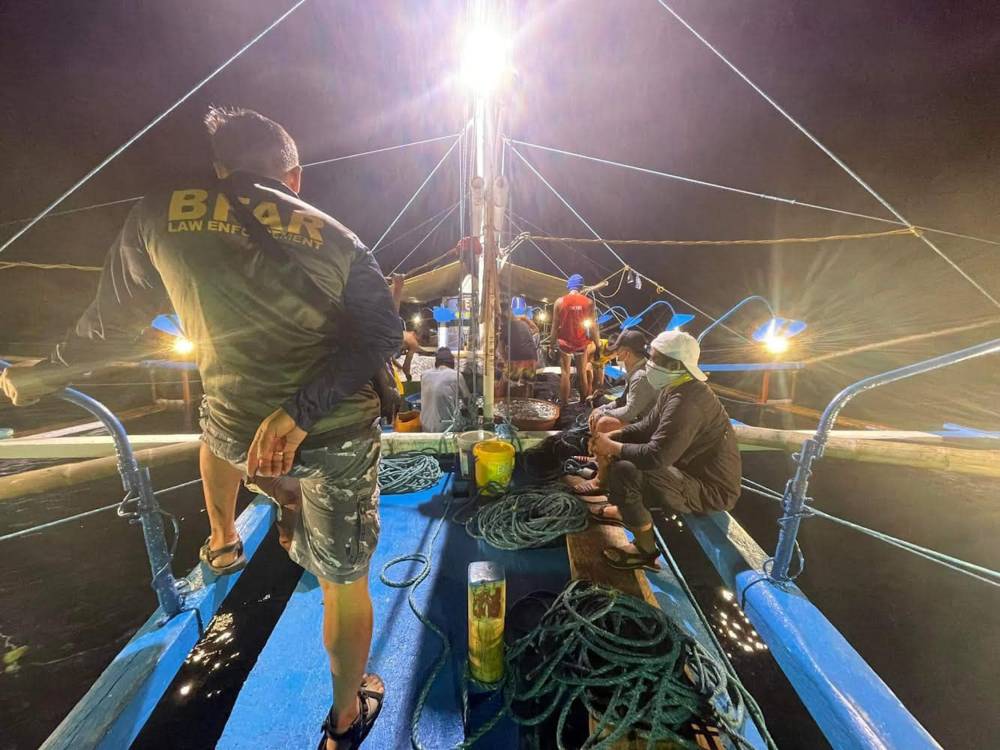
Philippine fisheries are in dire straits.
As a member of the Science Advisory Group (SAG) for Fisheries Management Area 6 (FMA6), which spans from northern Mindoro to Ilocos Norte, I have access to monitoring data on key fish species monitored by the Bureau of Fisheries and Aquatic Resources National Stock Assessment Program (BFAR-NSAP).
The NSAP collects data on the sizes of Decapterus macarellus, commonly known as galunggong, in FMA6. This data is analyzed to assess the species’ health, with a focus on the exploitation rate. As part of the SAG, our responsibility is to evaluate the status of this indicator species using modeling tools. We propose harvest control measures and rules to prevent further declines in fish populations. We collaborate with FMA 6 data analysts to carry out these tasks effectively. Unfortunately, the outlook is grim, with sizes falling well below optimal levels, necessitating urgent action to prevent the collapse of the galunggong fishery in FMA6.
While it may be straightforward for our group to recommend measures, such as effort reduction by limiting the number of fishing days for all gear types, implementing them proves challenging, particularly in a fishery mainly involving the most impoverished individuals and amid a national fish shortage requiring imports to fill supply gaps.
The excessive fishing efforts in the capture fisheries are leading to overfishing, with too many fishers depleting a dwindling resource in which we do not have control over its production outcome unlike in livestock and crop production. Fishers are now catching undersized fish not only for galunggong but with the other numerous species that are also caught by the same fishing gear for galunggong.
Five-year recovery period
One of our recommendations involved a significant reduction in fishing time by nearly 50 percent. Recognizing the challenges in implementing this, we explored various starting points lower than this value using a modeling tool. It became evident that a more substantial reduction in fishing efforts resulted in the best outcome, with the shortest timeframe projected for stock recovery. Stocks are expected to return to sustainable levels within five years with this approach. In contrast, a lesser reduction extends the recovery period to more than five years, and a modest reduction of 20 percent does not lead to the fisheries bouncing back to a sustainable level.
A major concern is ensuring the income of displaced fishermen during the imposition of harvest control and recovery phases. A five-year recovery period may be too long, posing challenges for fishers to reenter the fisheries even as conditions improve. This highlights the need for supplemental financial support for affected individuals. Some members of the SAG suggested alternative measures, such as regulating the use of drive-in nets, purse seine, and ring nets, and total elimination of illegal and unregistered fishing vessels, as the less resistant path compared to reducing fishing efforts across all fisher categories and major gears.
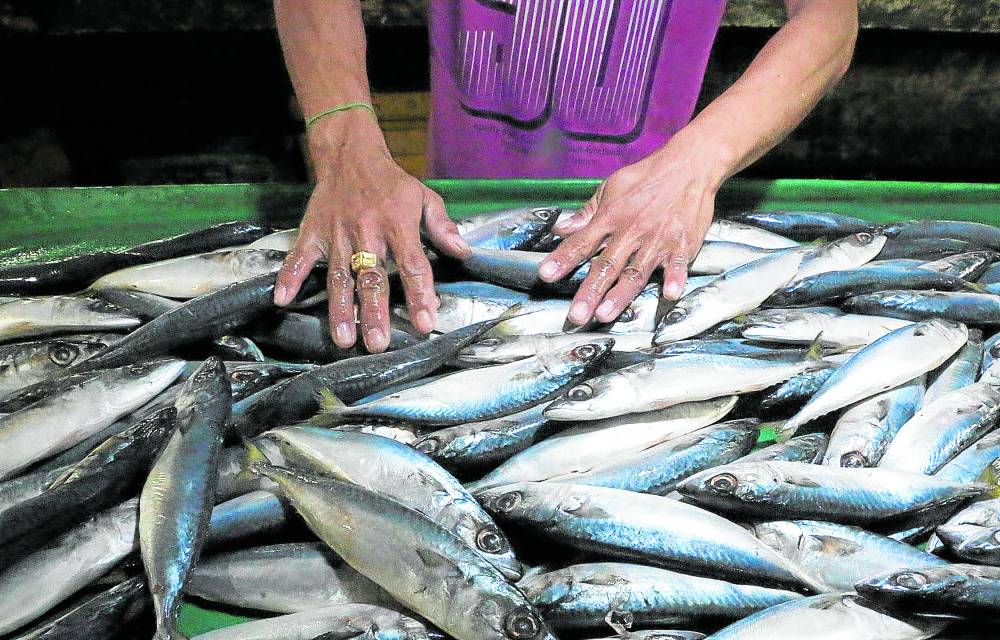
Fisheries chief gets to OK import permits
Illegal, unregulated fishing
This situation necessitates strict enforcement of laws against illegal, unreported, and unregulated (IUU) fishing, especially in the fish-rich West Philippine Sea area of FMA6. Although precise figures on IUU fishing in FMA6 are not available, global estimates indicate losses of 25 percent of the total annual catch valued at ₱58 billion for the entire country. Addressing IUU fishing alone could potentially decrease the necessity for effort reductions among local fishermen.
The ecosystems approach to fisheries management, serving as the foundation of FMAs, emphasizes a comprehensive viewpoint. It requires the combination of conventional regulatory practices with area-based management techniques, such as establishing fish sanctuaries and restoring deteriorated fish habitats.
Additionally, it is essential to address terrestrial sources of stressors affecting water quality, such as soil erosion causing turbidity and excessive agricultural fertilization that enriches adjacent waterways. Moreover, tackling challenges like improper disposal of household and industrial waste can help mitigate nutrient overloading and its detrimental effects on marine ecosystems.
While our focus is on FMA6, other FMAs likely face similar challenges regarding their indicator species and overall fishery health. As reported by the Inquirer, municipal fisheries output for the April to June quarter stood at 259,465.6 MT, falling by 6.1 percent.
Potential strategy: Addressing skill gaps
Initiatives to reduce effort require coordinated actions across the government to find socially acceptable solutions with minimal economic drawbacks. A potential strategy may involve prioritizing educational support for fishers’ children, such as through interventions like the 4Ps program, aiming to improve future generations’ employability outside the fishing industry. Addressing skill gaps that hinder fishers from transitioning to other sectors could also be beneficial, possibly through short-term training programs in collaboration with the Technical Education and Skills Development Authority (TESDA). TESDA offers training and certification programs in a wide range of vocational and technical skills that can be offered to fishermen to gain employment in other sectors.
But meeting the increasing demand for fish through capture fisheries alone poses significant challenges. The importance of integrating aquaculture is underscored in the 2023 paper titled “Ensuring Aquatic Food Security” by Cabral and colleagues, published in the Philippines Journal of Fisheries. Enhancing the role of aquaculture in fishery production is vital for achieving food security.
Nevertheless, this shift has environmental ramifications that its advocates need to address to ensure that the benefits outweigh the associated societal costs. Some experts propose a more radical solution—adopting a diet with reduced dependence on fish and meat. However, even this seemingly straightforward dietary adjustment can have unforeseen economic implications for both fishers and farmers.
Dr. Michael P. Atrigenio is an Assistant Professor at the Marine Science Institute of the University of the Philippines Diliman and the program head of the Professional Masters in Tropical Marine Ecosystems Management Program. He is also the President of the Marine Environment and Resources Foundation.









